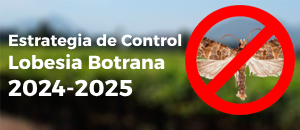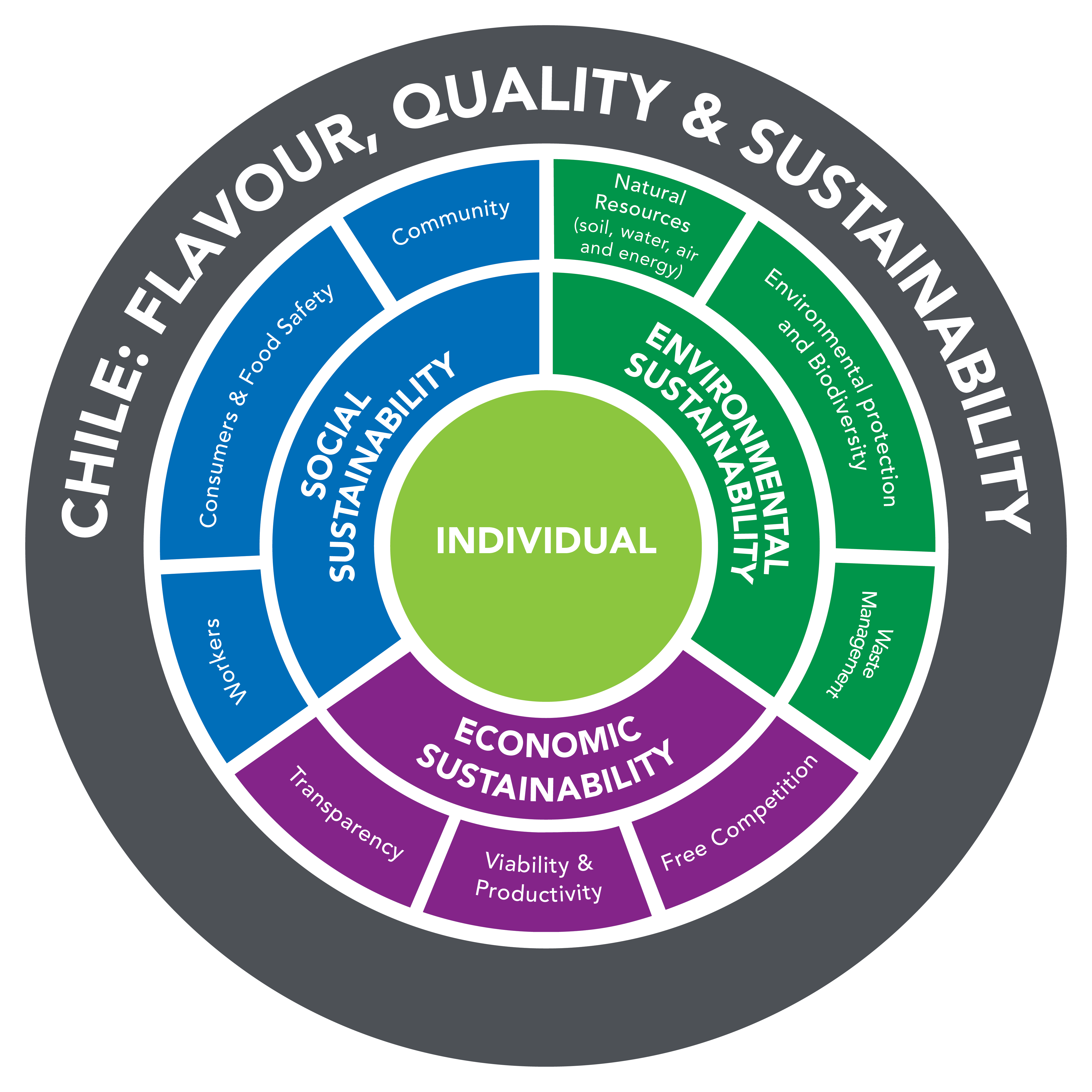SUSTAINABILITY IN THE CHILEAN FRESH FRUIT INDUSTRY
|
Sustainability has become the main focus in our principles. Its importance is such that we have developed and implemented a Sustainability Policy for the National Fresh Fruit Industry, which places the person at the center of the sector's actions, and in turn, defines 3 central axes: Social Sustainability, Economic Sustainability and Environmental Sustainability. Each of these axes, as a whole, are determined by 12 areas, which define the bases of the work of our industry.
Bases of Sustainability of the National Fruit Industry The bases or key foundations within our Sustainability Policy have been drafted in the Circle of Sustainability that is detailed below:
1. Social Sustainability This axis involves consumers, workers, the community and food safety, undertaking commitments such as: - Availability and cross-cutting nature of information. - Concern for food safety. - Training and education of workers, especially in new technologies. - Labor inclusion. - Social integration of company – environment – community. - Understanding and collaboration of the work environment where the business activity takes place. - Relationship with agricultural schools.
2. Environmental Sustainability This axis involves Natural Resources (soil, water and air), Environmental and Biodiversity Protection, Efficient Use of Energy, Emissions Control and Waste Management, undertaking commitments such as: - Protection of available natural resources. - Environmental protection and promoting biodiversity. - Efficient use of energy and strengthen the use of renewable energy. - Integrated Pest Management. - Biocontrollers. - Natural enemies.
3. Economic Sustainability This axis involves Efficiency, Productivity and Free Competition, undertaking commitments in: - Commitment to ensure that agricultural production tends to be economically viable for all participants in the production chain, and equitable in access to resources. - The rational use of existing natural resources in the different productive areas, such as soil, water, and climate should prevail. - Develop the potential of the sector, based on its real needs (example: generation of new varieties in raspberries, apples, table grapes, cherries, plums, peaches, nectarines). - Market development (new and current). - Improve labor productivity. - Promotion of free competition. - Anticipation of future events ("2030 Report: Together Our Fruit Will Be Worth More") |









